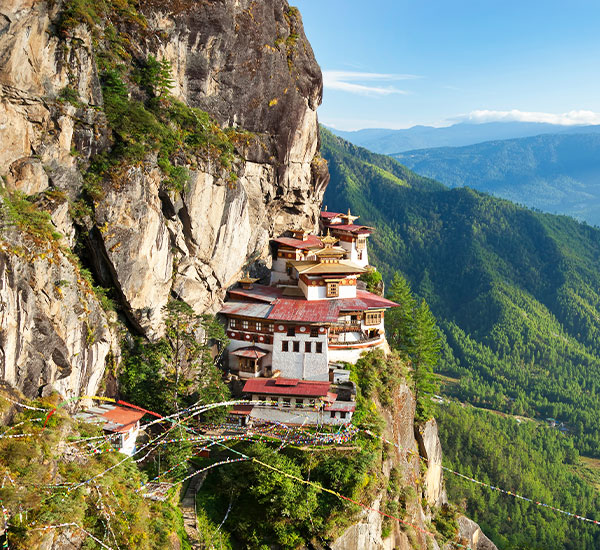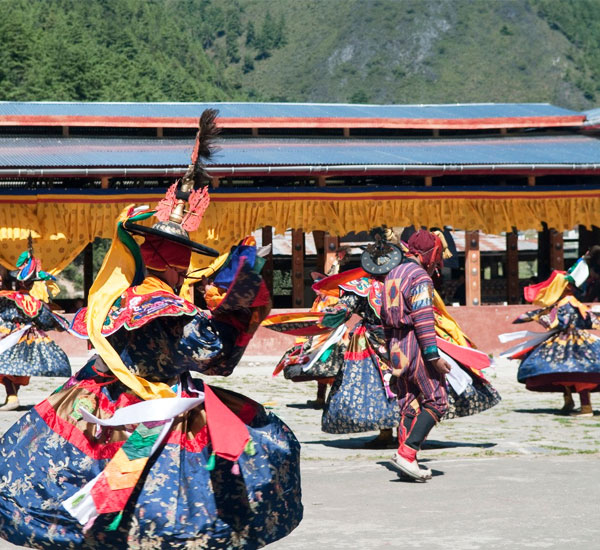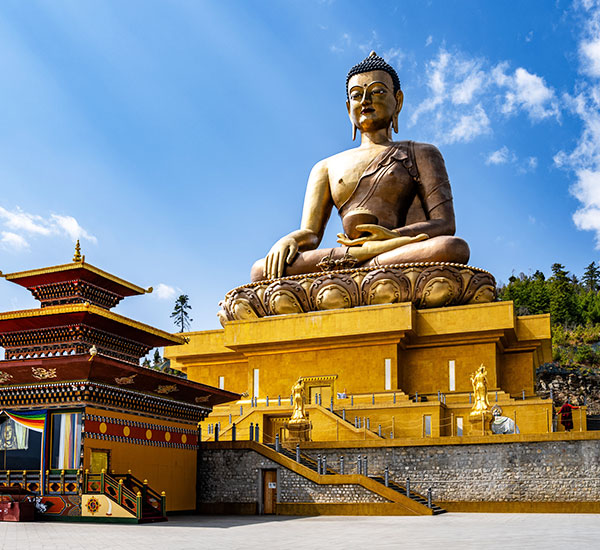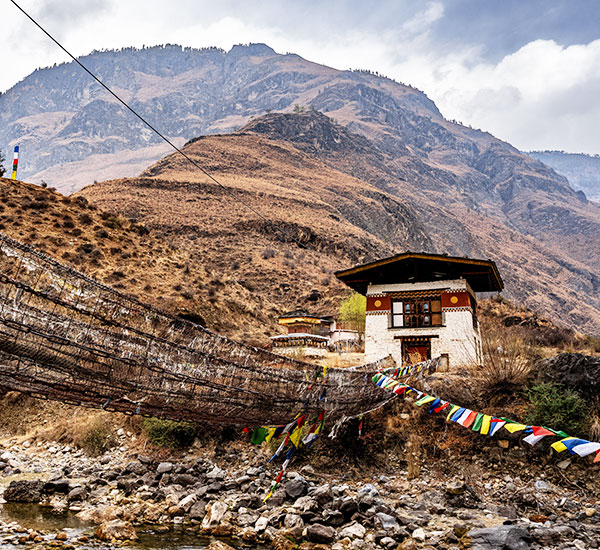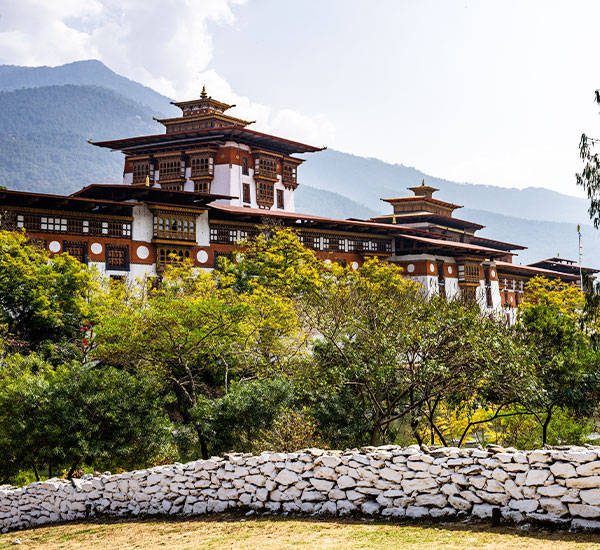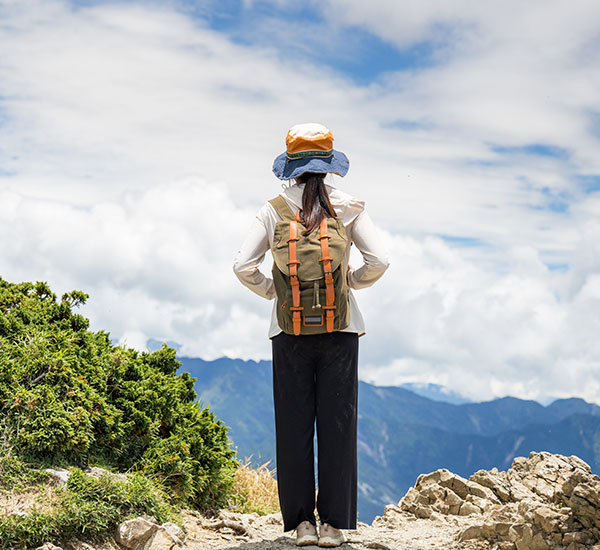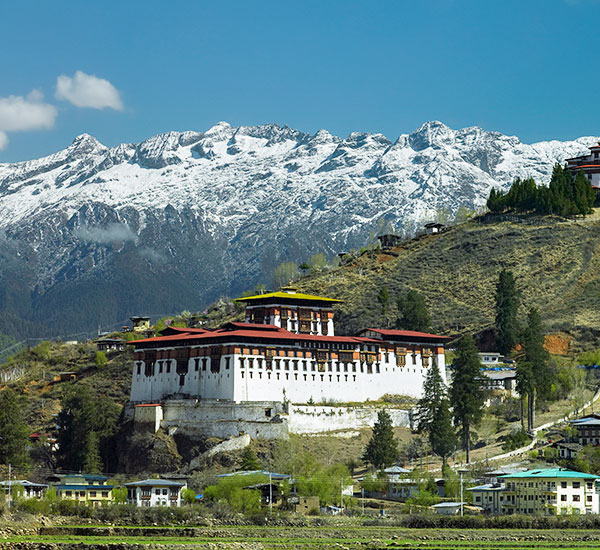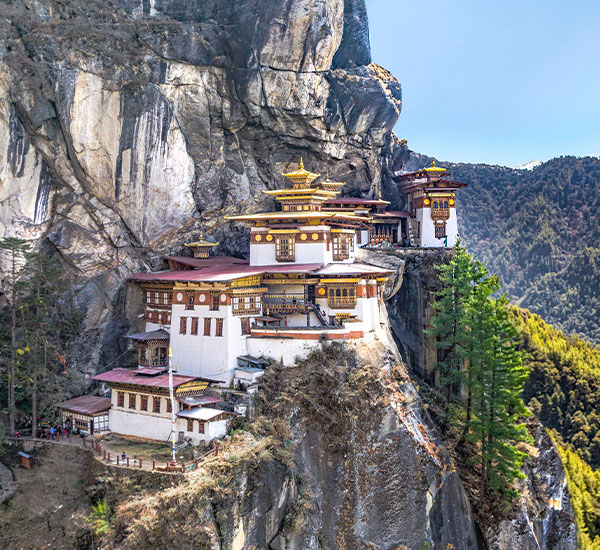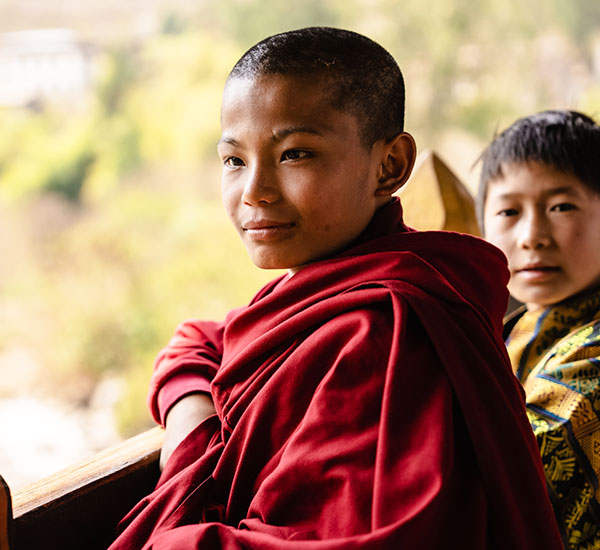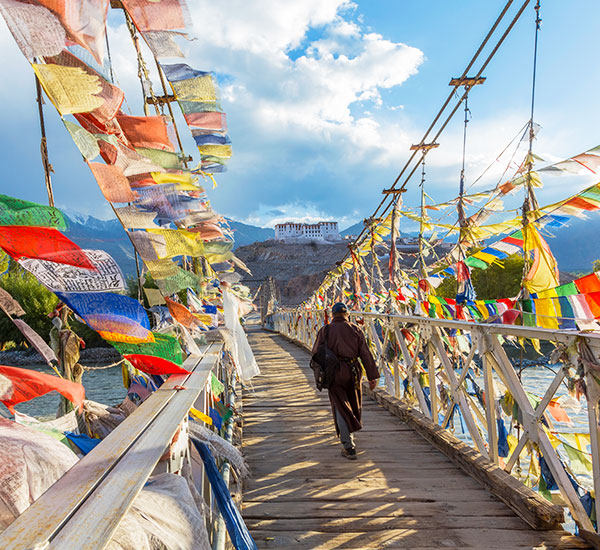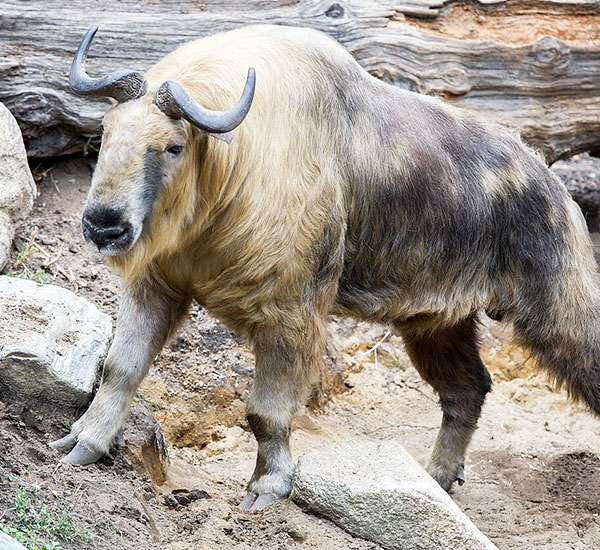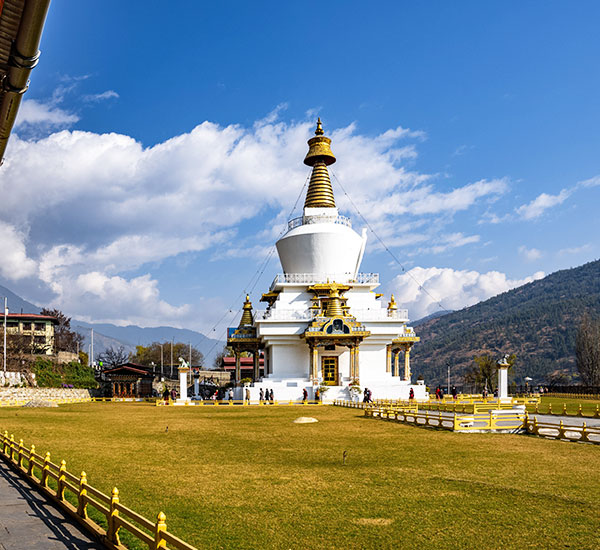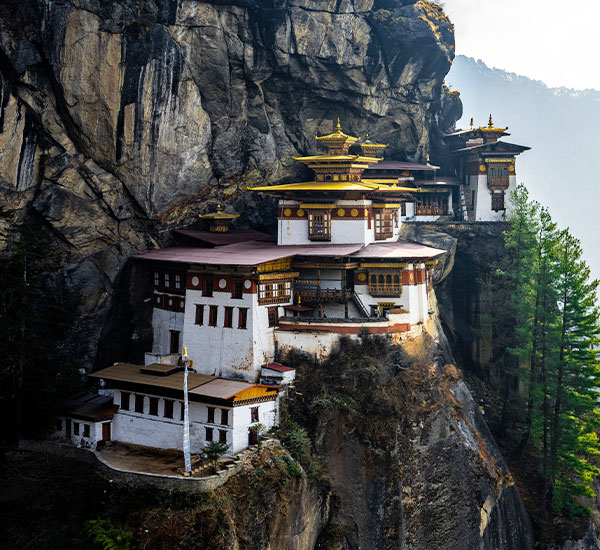Bhutan is a land of breathtaking landscapes, ancient monasteries, and deeply rooted traditions. Whether you're a culture enthusiast, nature lover, or spiritual seeker, each region of Bhutan offers a unique experience. Here are some of the most captivating destinations that make Bhutan a truly unforgettable place to visit.
Thimphu - The Heartbeat of Modern Bhutan
As the capital city, Thimphu is the political and cultural center of Bhutan. While it has a modern charm with cafes, handicraft markets, and museums, it remains deeply spiritual with landmarks like the majestic Tashichho Dzong, the National Memorial Chorten, and the towering Buddha Dordenma statue overlooking the valley. A stroll through Norzin Lam gives you a glimpse of Bhutanese urban life balanced with tradition.
Paro - Gateway to Bhutan’s Spiritual Majesty
Paro is often the first stop for international visitors as it hosts the country’s only international airport. But beyond that, it is home to the iconic Tiger’s Nest Monastery (Taktsang), perched dramatically on a cliffside. The valley also houses ancient temples like Kyichu Lhakhang and fortress-like structures such as Rinpung Dzong. The serene landscapes of Paro make it an ideal introduction to Bhutan’s cultural richness.
Punakha - Valley of Fertility and River Bliss
Located at a lower altitude, Punakha offers a warmer climate and lush surroundings. Its crown jewel is the Punakha Dzong, considered one of Bhutan’s most beautiful fortresses, sitting at the confluence of two rivers. The region is also known for the Chimi Lhakhang—“Temple of Fertility”—and suspension bridges stretching over scenic river valleys.
Bumthang - The Spiritual Heartland
Bumthang, a collection of four beautiful valleys, is often referred to as the spiritual heart of Bhutan. This region is dotted with centuries-old monasteries, sacred sites, and traditional villages. Must-visits include Jakar Dzong, Kurjey Lhakhang, and Tamshing Monastery. The valleys are perfect for those seeking a deeper connection with Bhutan’s religious heritage and pastoral life.
Phobjikha - Glacial Beauty and Black-Necked Cranes
Nestled in the mountains, Phobjikha Valley is a pristine glacial bowl that becomes a winter sanctuary for the rare black-necked cranes. It’s also home to the Gangtey Monastery, offering spectacular views and spiritual serenity. The valley’s wetlands, wooden homes, and hiking trails make it a peaceful retreat for nature lovers and birdwatchers.
Haa Valley - Hidden Gem of Bhutan
Still untouched by mainstream tourism, the Haa Valley offers rugged beauty and raw cultural charm. Surrounded by thick pine forests and steep hills, it’s a great place for hiking, village walks, and connecting with Bhutanese life at a slower pace. The Lhakhang Karpo and Lhakhang Nagpo temples add to the valley’s sacred character.
Trongsa - The Gateway Between East and West
Perched on a ridge with sweeping views of the Mangde River valley, Trongsa is steeped in royal history and spiritual significance. Home to the majestic Trongsa Dzong—Bhutan’s largest fortress—it once served as a strategic seat of power for the Wangchuck dynasty. Explore the Ta Dzong Museum for insight into Bhutan’s monarchy, and wander the quiet streets where history lingers in every stone and prayer flag.
Mongar & Lhuentse - Eastern Bhutan’s Living Heritage
Venturing into eastern Bhutan reveals the untouched beauty of Mongar and Lhuentse. Mongar combines scenic hillsides with a vibrant local culture, anchored by its impressive Dzong that blends seamlessly into the cliffs. Lhuentse, known as the ancestral home of Bhutan’s royal family, is famed for its textile artistry—particularly the intricate Kishuthara weave. Visit remote villages like Khoma to witness traditional weaving passed down through generations amidst dramatic Himalayan landscapes.
